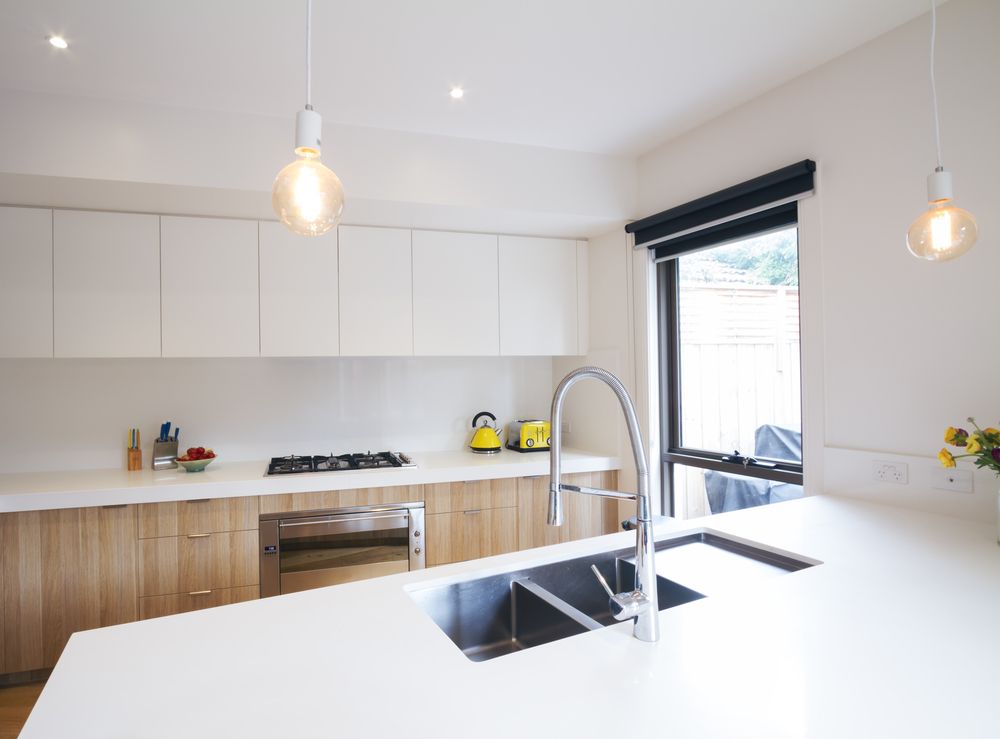The type of lighting plays a role in influencing the decoration of a space. Light can affect the perceived feeling of a room, for example, the lighting required in a kitchen is not the same as in a living room or bedroom.
In each zone, different activities are carried out and therefore different types of lighting are required to help create the desired ambience.
A specific type of lighting for each zone is possible because light can vary in colour to create warmer, cooler or simply natural atmospheres.
What does it mean when light is warm or cool?
These terms refer to the colour temperature of light. In short, we can say that it is the impression that the human eye perceives in the presence of light, being warm if amber tones are predominant or cool if blue tones are predominant.
This characteristic designates the warmth or coolness of a white light source. An example to help us understand this concept is to see how the colour of a metal reacts as it gets warmer. When it starts to heat up, it turns red, then orange, yellow, then white, blue and even black.
The temperature of the metal, consequently recognised as colour temperature, is measured in Kelvin. It is this measurement that we should pay attention to when we are looking for a specific light for a space. When we buy electrical material, we should bear in mind that warm tones have a lower Kelvin rating and cooler tones have a higher Kelvin rating.

LED lighting is ideal for indoor LED decoration as one of its advantages is that it does not overheat, so it can be installed wherever it is convenient and it will not damage its lampholder. In addition, another characteristics is that it is dimmable and can colour changing which allows you to create dynamic atmospheres.
Warm or cool LED light, which lighting to choose?
LED lighting is very versatile when it comes to decorating a room, whether it’s LED strips or LED bulbs, there are three types of white available:
Warm White LED light
Around 2800 Kelvin (2800K). Warm lighting emits a colour that resembles a traditional incandescent or halogen light, it has a hue reminiscent of the colour amber.
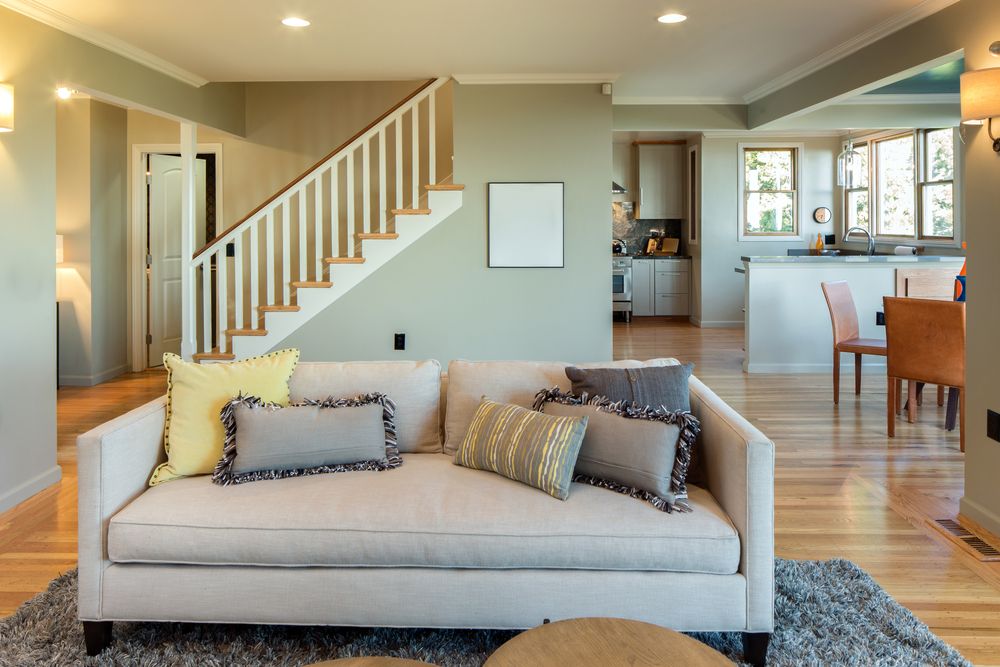
Cool White LED light
Typical cool light is about 6500K. It provides brightness, leaning towards shades of blue, like the lighting normally seen in kitchens.
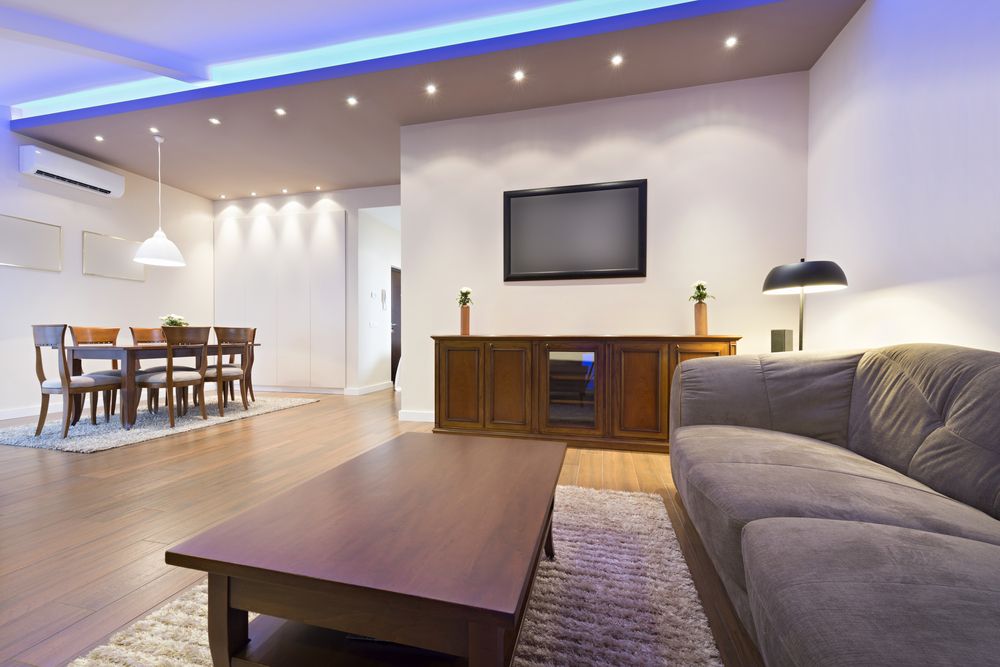
Daylight LED light
At around 4500K, the light tone resembles that of natural white light. There are areas where warm or cool light are not required, only natural daylight. Opt for neutral, white lighting that does not alter the perception of colour.
It’s a great solution for areas such as a dressing table where make-up is applied, a painting room or a dressing room where clothes are stored.
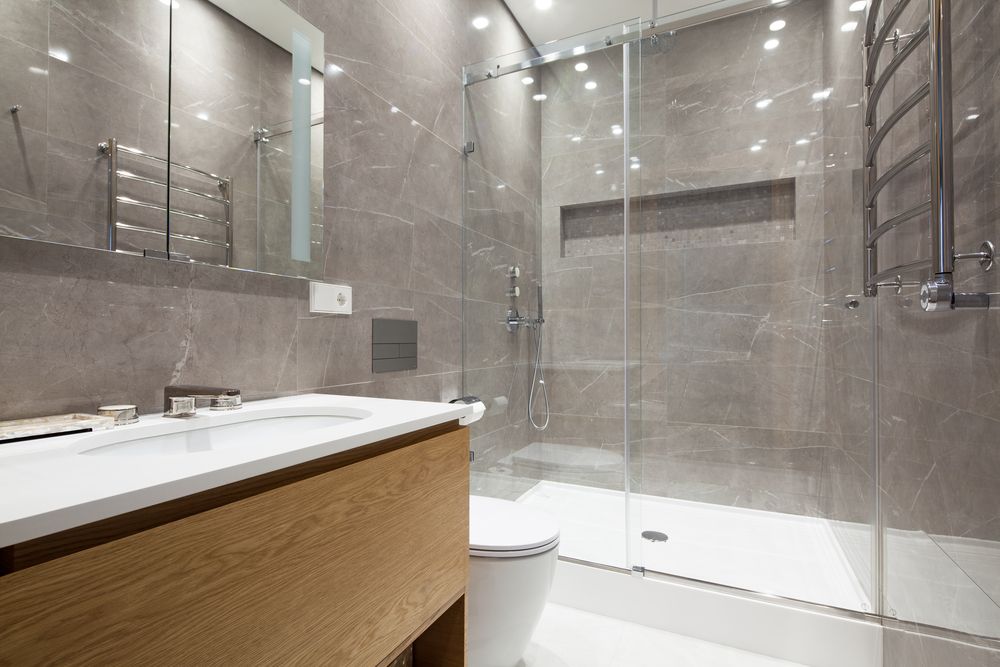
It is true that we all perceive light differently and we all have our own tastes and needs, although there are some situations where we tend to agree on the most suitable type of lighting.
LED lighting has the advantage of being very versatile, both in terms of the variety of colours and in terms of being dimmable. There are lamps that can provide specific lighting that is different from what we are used to.
What type of LED lighting should I choose to decorate my home?
Use warm lighting in places where we are looking for soft lighting. The living room (you can check out our living room lighting guide) dining room, kitchen, bedroom or any other space where a more subdued and cosy lighting is desired. Warm LED light is more soothing to the eyes.
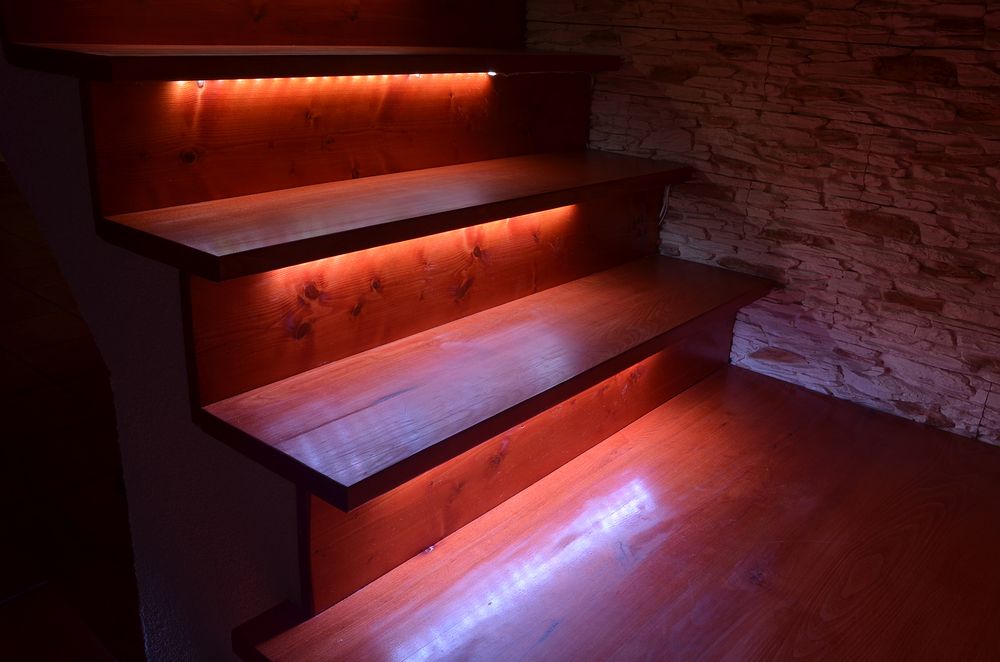
The kitchen is most common to use cool light. If the general lighting is warm, add cool light over the work area because when chopping and cooking you need to be able to clearly see what you are working on.
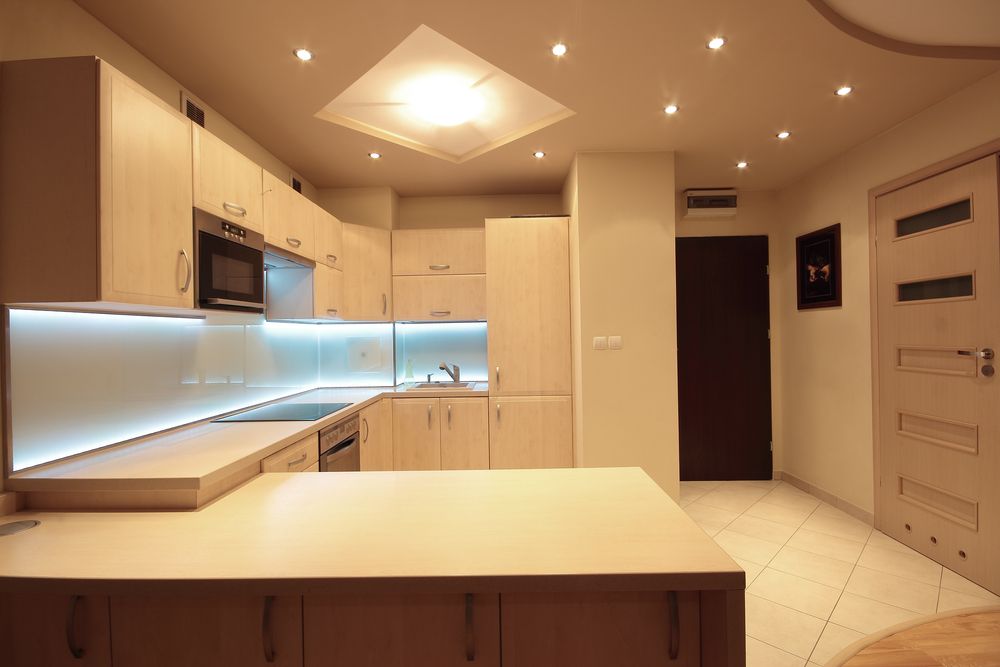
Nevertheless, Nordic decoration which has been a great source of inspiration lately, and prefers to opt for warmer lighting. It is a way of seeking warmth in the home in contrast to the particularly cold temperatures of winter. Nordic or Scandinavian decoration is characterised by open, clear, uncluttered spaces where white and natural elements such as wood or concrete are predominant. It is for this reason that in the creation of cosy atmospheres it is amber light that provides warmth.
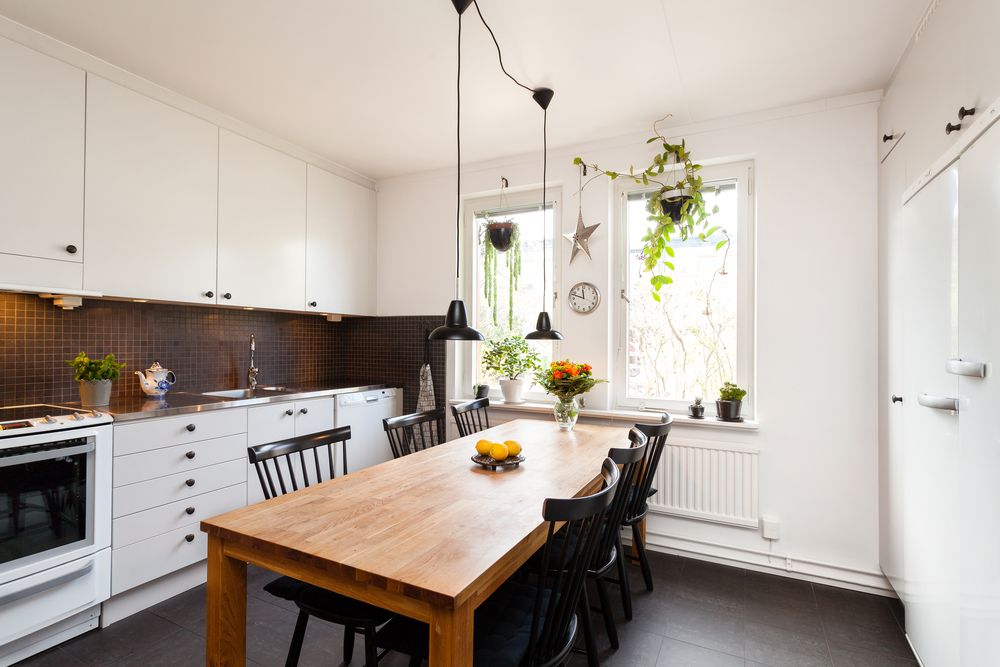
On the other hand, cool white lighting has a more modern look and is better suited for kitchens, granite worktops, tiles and similar materials.
In summary, cool lighting is better suited to spaces where more practical activities are carried out and warm light is more comfortable in living areas. It is also possible to combine both types of lighting, e.g. warm light in the living room, but with complimentary cool light, ie. on a reading lamp, to illuminate the reading area.
Now that you know the important role that different types of lighting play when decorating a space, are you ready to innovate?

